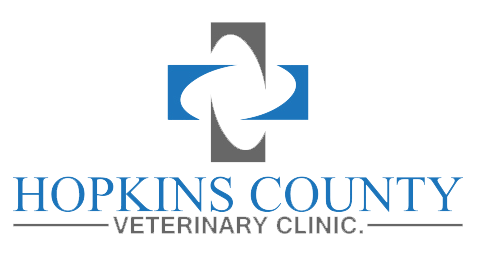Calves:
- 2-4 Months: Dehorn, Castrate bull calves.
- 4 Months: 7way blackleg, IBR, BVD, BRSV, PI3, (modified live vaccine MLV). *See CAUTION NOTE BELOW*
- 4-5 weeks prior to weaning: IBR, BVD, BRSV, PI3, Pasteurella (modified live vaccine MLV), worm. *See CAUTION NOTE BELOW*
- Weaning: IBR, BVD, BRSV, PI3, (modified live vaccine MLV), 7way blackleg booster, 5 way lepto, worm.
v Brucellosis (Bangs) vaccine given to heifer calves between 4-12 months old. Must be administered by a veterinarian.
v For purchased calves, give initial vaccinations at weaning or delivery. For rapid immune response, usa an intranasal IBR, PI3 treatment in addition to modified live IBR, BVD, PI3 injection.
Adult cows:
- IBR, BVD, BRSV, PI3, 5way lepto annually. Must use killed vaccine if cows are pregnant.
- If using natural service, vibryo given 2 weeks prior to breeding.
- Worm spring and fall; recommend using brand-name dewormers
CAUTION: Some MLV’s are not recommended to give to calves that are nursing cows. Always read label and consult our office if you have any questions.
